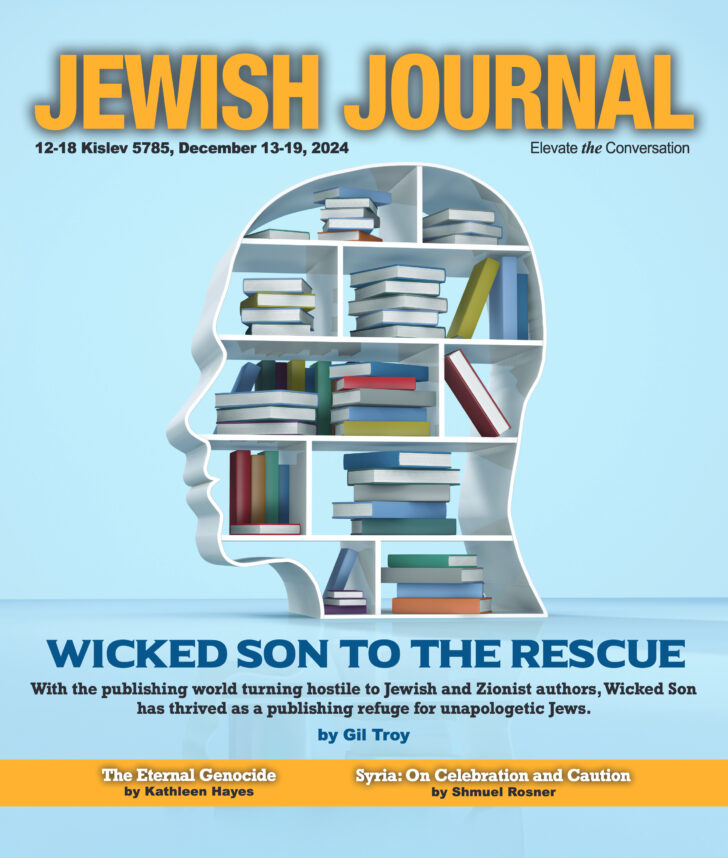"Sandy Koufax: A Lefty’s Legacy" by Jane Leavy (HarperCollins, $23.95).
On Sept. 9, 1965, Sandy Koufax pitched a perfect game against the Chicago Cubs. Less than a month later, the opening game of the World Series fell on Yom Kippur and, in an act that reverberated throughout America, Koufax refused to pitch. In a terrific and elegantly written book, Jane Leavy has shown us that the way Koufax handled his success flowed purposefully from great depth of character.
The book unfolds in alternating chapters, the Sept. 9 perfect game relived within the biography. Leavy interviewed everyone currently living who played in that game — and the result is fascinating. These chapters, which comprise one inning each, are brief, so not only do they not distract from the main journey, they offer welcome rest stops with a behind-the-plate view of what it was like to face Koufax. A private man, Koufax would not be interviewed by Leavy, but instead provided her with access to his friends and teammates. Koufax calls this work, "an unauthorized biography by a neat lady." Leavy quotes from interviews Koufax gave during his career to reflect his voice but truthfully, it’s interesting to see a biography told from other’s viewpoints. The result is text refreshingly devoid of armchair psychologizing and psychobabble.
Koufax regularly did not play on the High Holidays; in 1963 for example, he quietly left the team on the road and returned to spend Rosh Hashana with his parents in Los Angeles. This is all the more fascinating because Koufax was a thoroughly secular Jew. He spent Yom Kippur of 1965 not in synagogue but in his hotel room, while Don Drysdale took his opening spot in the rotation. Despite growing up in the shtetl of Brooklyn, he was not bar mitzvahed. He married and divorced Anne Widmark, the daughter of actor Richard Widmark, and had no children. After his retirement, Koufax studied Italian. Though he read voraciously, he showed no particular interest in Jewish texts.
This makes his refusing to walk to the mound on Oct. 6, 1965 all the more impressive. Under an unwelcome spotlight, Koufax, who was neither an observant nor an involved Jew, saw not playing as his responsibility. In doing so, he touched not only his generation but generations to come. When I asked my 9-year-old son if he’d heard that Koufax would not pitch on Yom Kippur, he answered, "Of course, Dad, it’s a known fact." Leavy movingly quotes Bruce Lustig, senior rabbi of the Washington Hebrew Congregation in D.C., who, as I did as a kid, greatly admired Koufax:
"Think of the stereotype of the Jew in literature, the ugly avariciousness of Shylock. He broke so many of them. Here was a good-looking Jew, a lefty, very powerful on the mound: a perfect player, an enigma, a man who didn’t reach for fame or money. He broadened the concept of what a Jew is."
This is a book about a man’s character and baseball. After an arthritic arm forced Koufax’s early retirement at age 30, instead of cashing in on his celebrity — unlike Joe DiMaggio who hocked Mr. Coffee or Drysdale who pitched swimming pool covers on TV — he chose to teach minor league pitchers how to better their craft. Leavy writes, "In this age of promiscuous self-promotion, a man who opts out of celebrity, declining to prolong or exploit his 15 minutes of fame, is thought odd."
She convincingly dismantles the charges that have dogged Koufax: that he never really loved the game, that he’s a recluse. She argues astutely that we live in an era where privacy is suspect and the distinctions between what is private and what is secret have been lost.
Baseball-wise, we see how Koufax held the ball in his extraordinarily large hand, why his curve broke the way it did and how his fastball defied gravity and rose. We are taken into sports medicine in its infancy, agonize at how little could be done then for Koufax’s swelling arm. It’s detailed enough for the aficionado and spare enough for the casual reader.
I would fault the book only in its aspirations to be social history, which is more than it is. With only thin threads of connection, it often ties baseball to the events of the time by telling us that while a particular game was being played that the Cuban missile crisis was brewing or Martin Luther King Jr. marched. It often lists a number of events at a time and has the feel of an Internet search. But this is a small annoyance. Most of the time, the book hums solidly into the strike zone.
There is much for all of us to admire about how Koufax has led his life. As the late Dodger owner Walter O’Malley said of his lefty: "Sandy gets a little disillusioned. He’d like a better world. He wants to see the best in everybody."





















 More news and opinions than at a Shabbat dinner, right in your inbox.
More news and opinions than at a Shabbat dinner, right in your inbox.